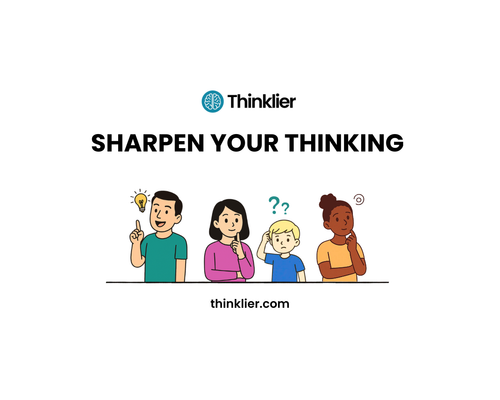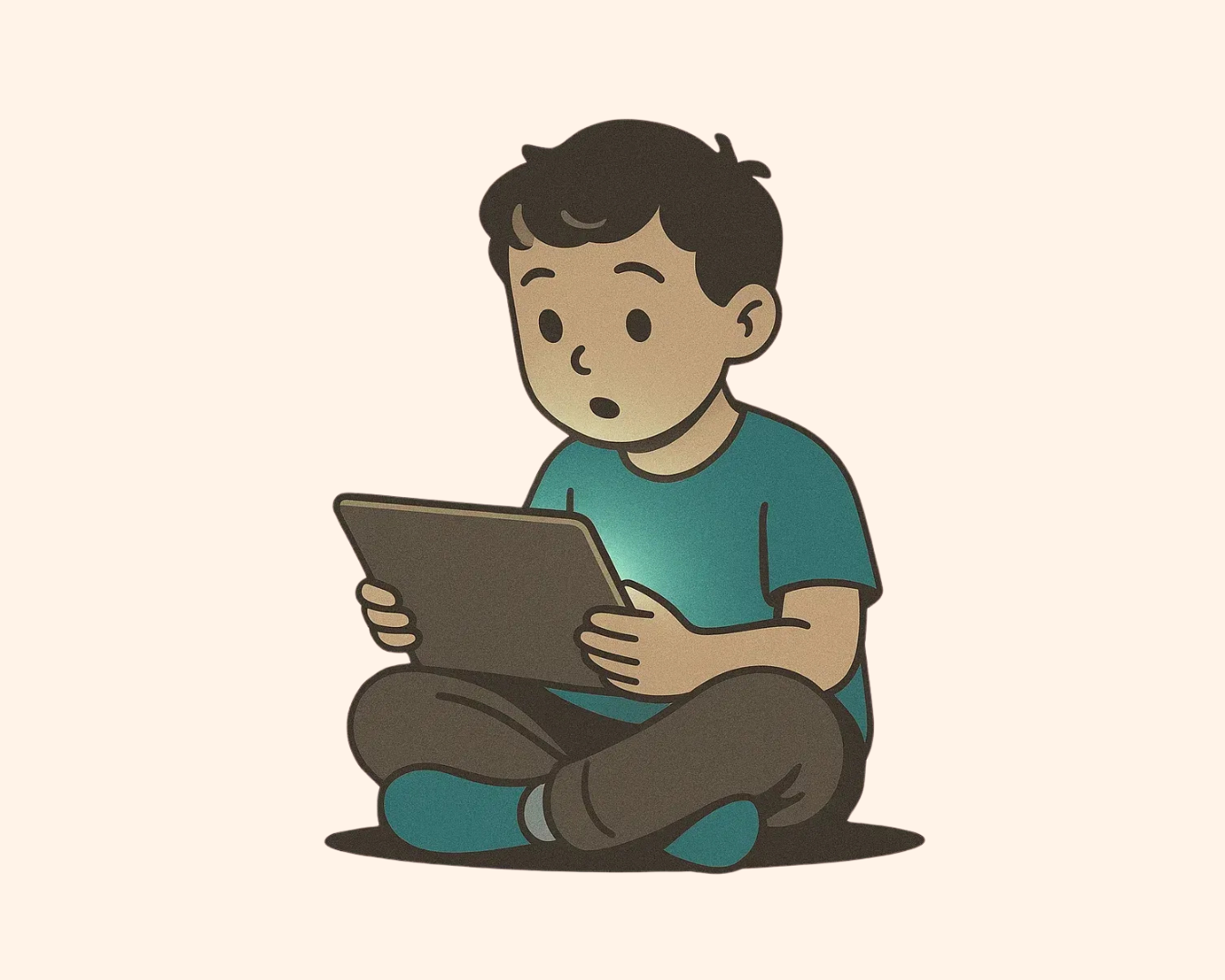Get one fresh, practical idea every 'Thinking Thursday' — plus free access to Thinklier’s toolkits on clear thinking and raising critical thinkers.
Subscribe
Screen time isn’t just a distraction—it’s changing how children think. Learn how digital saturation affects attention, reasoning, and critical thinking—and what parents can do to help.
